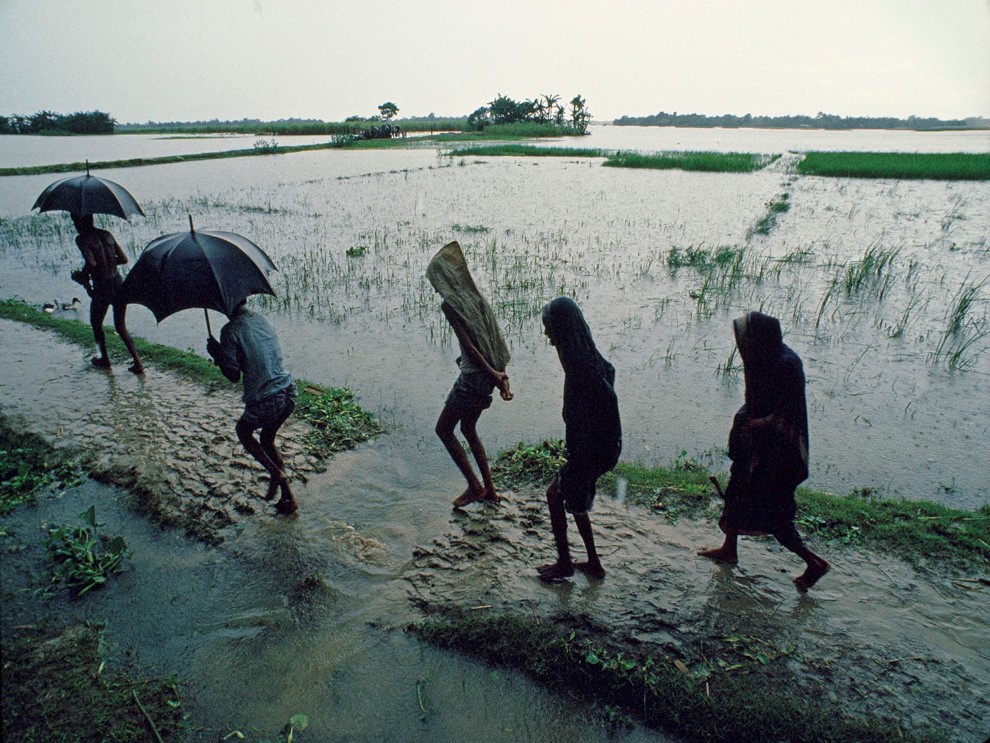Free Courses Sale ends Soon, Get It Now


Free Courses Sale ends Soon, Get It Now



Disclaimer: Copyright infringement not intended.
Context
Rainfall rising in over half of India’s sub-districts, says four-decade study
Context Details
Extremes at the district level
Increasingly erratic rainfall patterns
Way ahead
As India readies for the Union Budget, it will be crucial to focus on future-proofing the economy against increasingly erratic rainfall patterns. The monsoons impact the food we eat, the water we drink and also our energy transition. With increasing extreme weather events, hyper-local climate risk assessments and action plans are the way to go for India to keep leading in climate action and disaster risk reduction. This will help save lives, livelihoods and infrastructure.
|
PRACTICE QUESTIONS Consider the following statements:
Which of the statements given above is/are correct? A.1 only B.2 only C.Both 1 and 2 D.Neither 1 nor 2 Answer C |
© 2024 iasgyan. All right reserved